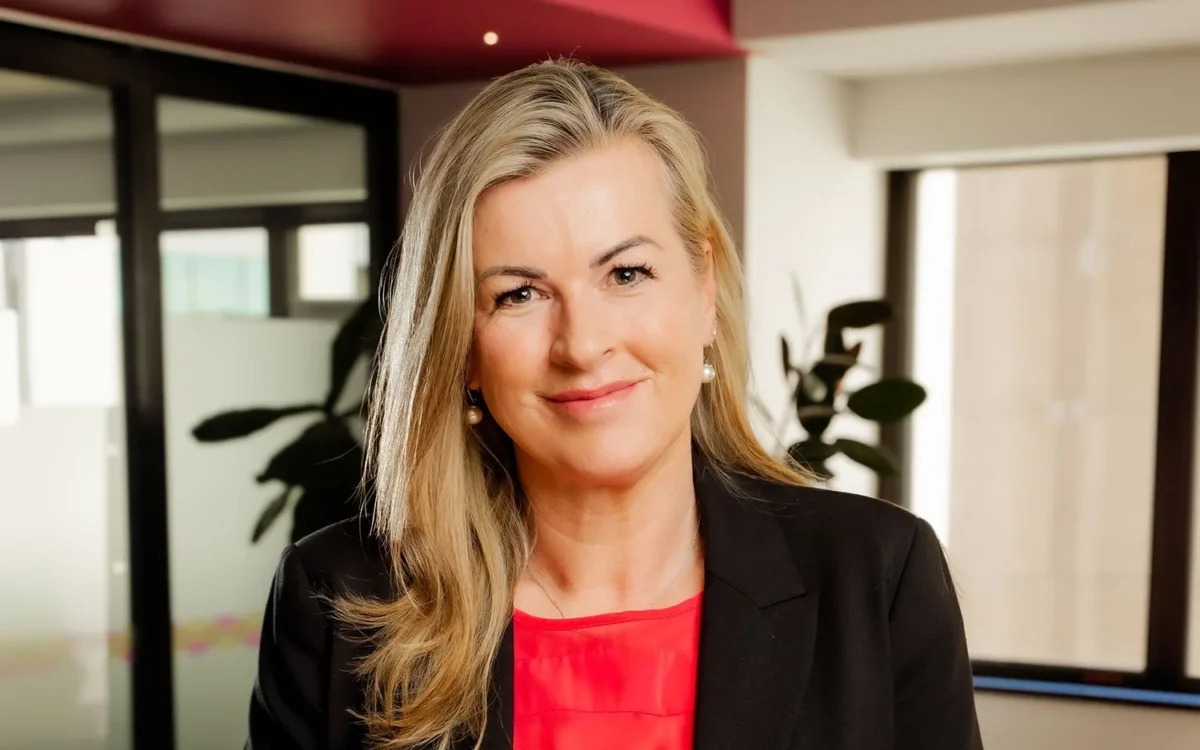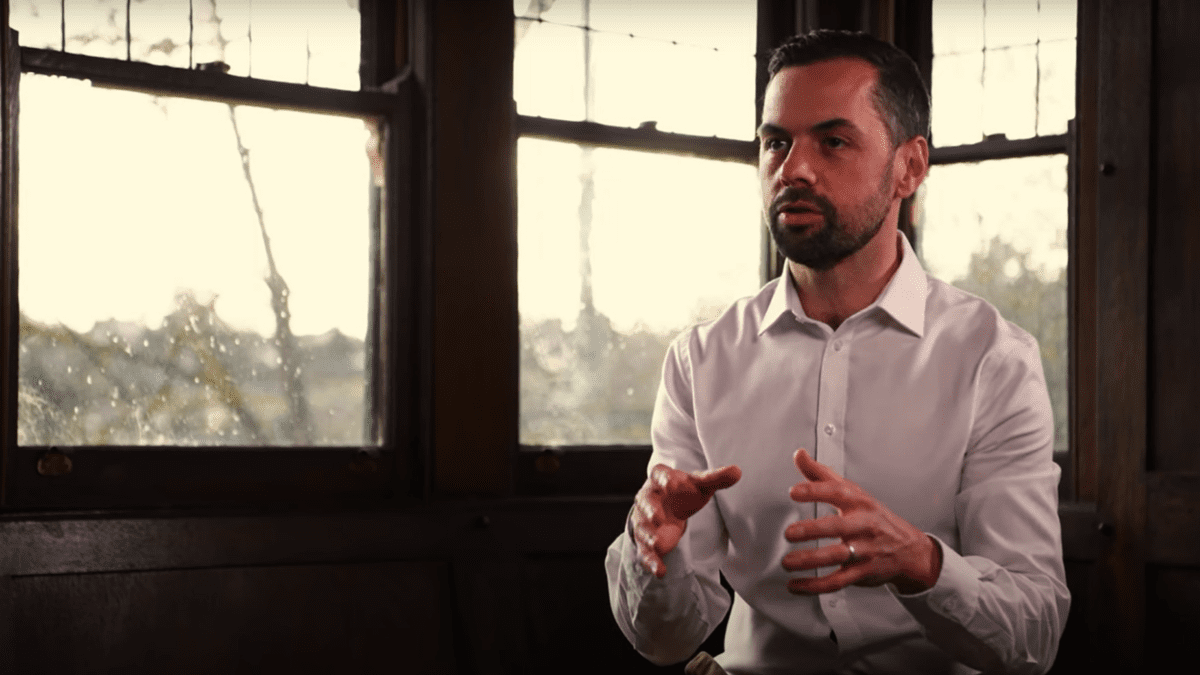-
Sort By
-
Newest
-
Newest
-
Oldest
Clearview and trustee ETSL have raised eyebrows and confused advisers by shifting the popular WealthFoundations super and pension product to investment platform provider HUB24. “It’s like a power plant being run by a battery,” says adviser Jason Poole. “It makes no sense.”
The benchmarks that are supposed to measure performance and create alignment with end investors are working against asset managers, and the industry must find new ways to demonstrate value before it’s too late, according to MFS.
The shift in focus from financial advisers to research consultants continues apace, both here and abroad, as asset managers follow the great money management migration.
The traditional method of protecting client portfolios from drift remains entirely valid. It’s ostensibly cheaper to run portfolios without managed accounts, but it does take more time to do so and probably takes on more risk.
The assets family offices invest in haven’t changed much but the ways they’re investing in them have, according to BNY Mellon Wealth. Meanwhile, cryptocurrencies are seeing more interest as a new generation takes the reins.
Pete Robinson presents the case for Australian private debt using a supermarket chain case study.
In unpredictable markets, emotions can run high, and good intentions mingled with bad communication can potentially damage adviser-client relationships.
Following a decade-long run of low-interest rates and rising asset prices, many companies took the opportunity to load up on cheap deb
Gold has a colourful history, going back thousands of years, as a means to store and transport wealth and a way to help protect against the inflationary impacts on currency buying power.
The combination of rising global interest rates and increasing recession fears has complicated the current investing environment.
If managing a bond portfolio is a daily tug-of-war between art and science, Adam Grotzinger, senior fixed income portfolio manager at Neuberger Berman in Chicago, is on the side of the former.
In a year shaped by geopolitical tensions, a pandemic, war, inflation and supply-chain disruptions, the number one threat perceived by the general public remains inflation.












